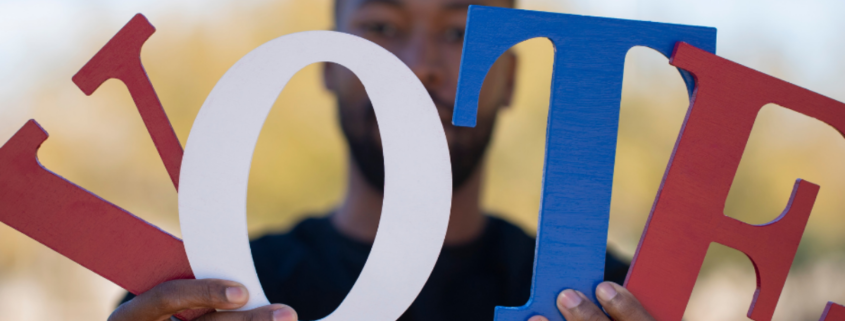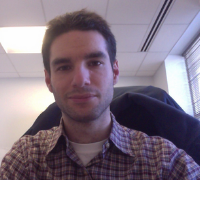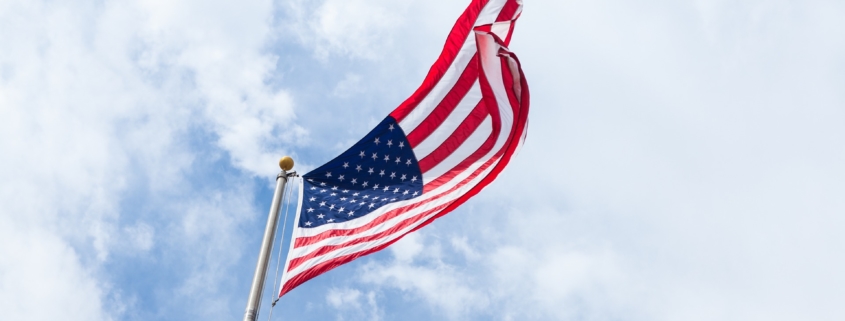Why is America so Politically Polarized? Part 2
Recently we sat down with Common Ground Committee’s co-founder Erik Olsen to discuss why America is so bitterly divided — a gulf separating us by political party, social and economic issues, and willingness to listen to people we disagree with.
We also discussed when this really took hold, and the role the internet has played in fanning tensions.
This week we take a look where loyalties lie, and what it’s going to take to get them more aligned.
Q: What is the bigger source of tension in today’s cultural climate — issues, or party affiliation?
That question is interesting to me, because I do think the parties have drawn away from their focus of being “in it for the people,” and they’ve become much more focused on being in it for the party. Some people have pointed out the fact that up through the ‘80s we had politicians who had close experience with war, or were even WW2 vets themselves. They recognized the difference between a foreign threat — a true physical threat like the USSR and the Cold War —compared to the threat of China, which is viewed as more of a commercial threat.
So instead, people became more focused on party issues and the extension of party control. I think the parties themselves have focused less on issues and more on pitting different interest groups against one another. This has deteriorated the political environment to some extent. And there’s much more of a “winner take all” attitude that rejects working with the opposition more than focusing on solving the issues themselves.
Q: So, you’re saying the party affiliation IS the divisive issue today?
To a certain extent, when looking at the parties today, there are not nearly the same differences between them as in the ‘60s ‘70s. One party favored expanding social programs, one favored lowering taxes. Today, one party supports tax increases, the other supports lowering taxes, but both parties are happy to spend money they don’t have. And neither one seems to recognize the degree that the government has infiltrated our daily lives and created its own winners and losers. I think this is the advent of what we see as crony capitalism, and both parties are equally offensive.
That creates a perspective on issues that I would argue gets distorted. People look at them as winners and losers, and parties are enhancing that view. Both are trying to foster this division because it supports their own power struggle. I would love to be able to say, Here are the good guys in Washington and here are the bad guys, but for me, the good guys are the ones willing to sit down and talk through the problem, and try to resolve it. Those people seem to be few and far between, especially in the leadership — they are much more interested in the defeat of their enemy.
That needs to be repaired in some way. I don’t see it as imminent. Even if we have a change in the White House, I don’t at all anticipate that it will lead to greater unity in Congress. People think Biden is conciliatory, and his demeanor is different from Trump’s. But it’s not like a Biden-Harris presidency is going to lead to handholding and kumbaya singing with the Republicans at all. I don’t think that’s going to change.
Q: Is this the most divided our country has been in recent history, and what is it going to take to get us out of it?
I think first of all the American people are smart enough that they’ll put up with a lot, then stop putting up with it, and things will change. When people say how much more polarized we are today than at any time in history, they point to bipartisan cooperation that took place in the ‘60s and ‘70s. There was a great deal more political cooperation, but the country today is not nearly as divided at the population level as it was in the ‘60s. I’m old enough to remember ‘68 and the Vietnam war and the civil unrest. We have a lot going on today over police use of force, and people are recognizing that we need to be more aware and awake to where racism is in the country and who benefits and why and how. But we were going through very similar angry confrontations in the ‘60s and we had the assassination of a presidential candidate and one of the greatest civil rights leaders. It was a horrible time.
But my hope and expectation is that more and more people are recognizing that this atmosphere in Washington is not useful and not helpful, and serves a minority of political views — not the majority of political views. And so I think to the extent that we can encourage political leaders to recognize the common ground and the value of working with people on the other side of the aisle, that’s ultimately what we’re trying to do. We’re trying to encourage people to vote in that manner, and get people who are less partisan and have more interest in working together to take office. I think under the Trump administration, the opposite has taken place. There may be people who are more common-ground oriented returning to Congress and taking steps to try to tone down the rhetoric. We don’t get anywhere by demonizing people on the other side.
Certainly the concern on the Republican side is that a Democratic majority would push through their agenda in a partisan way. But they would get voted out in the next election with a resounding loss — that’s what happens if they exerted that kind of authority without trying to take into account the views of the minority. So let’s get people in here with differences of views and outlooks, and encourage them to work together. That’s ultimately what’s going to get us out of our current problems.
Want to hear more? Be sure to check out our new podcast “Let’s Find Common Ground” where we seek common solutions to today’s vital issues.
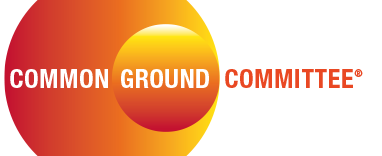

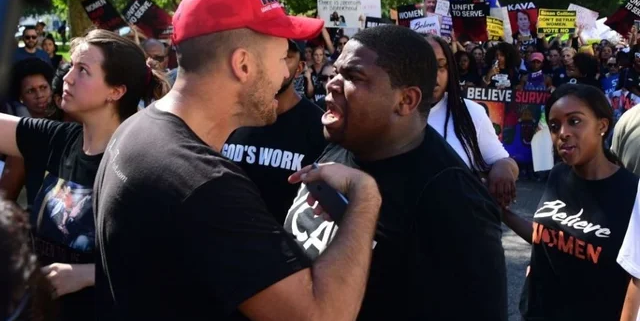

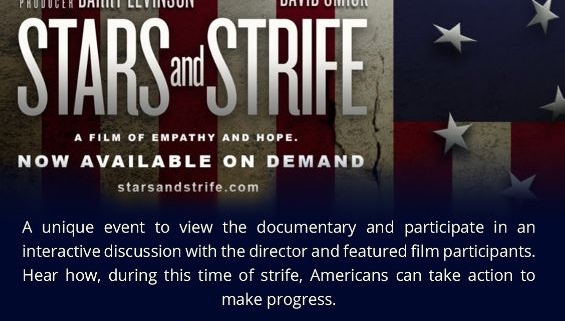
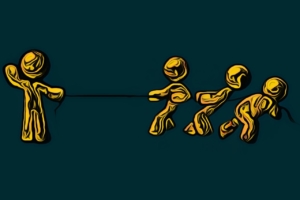
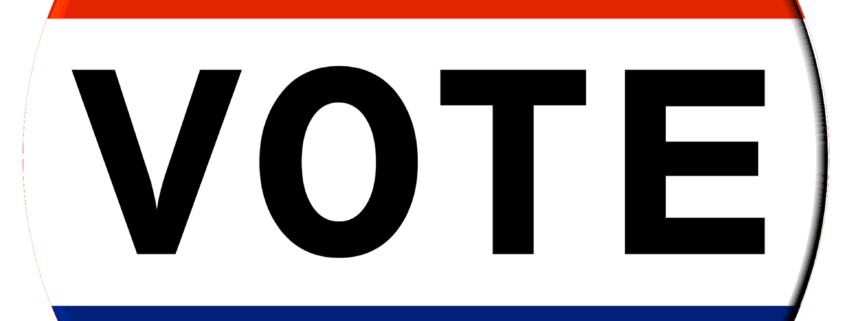


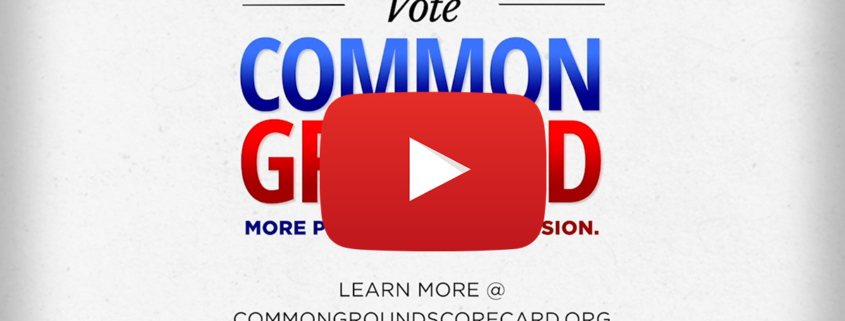
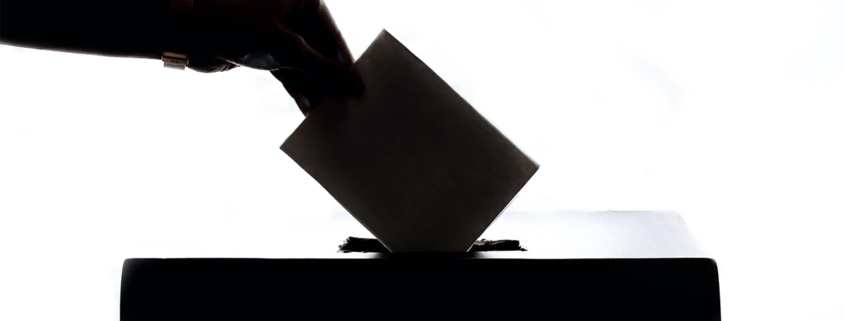
 Voters need a new mindset that makes willingness to find common ground a “must have” quality for any candidate.
Voters need a new mindset that makes willingness to find common ground a “must have” quality for any candidate.